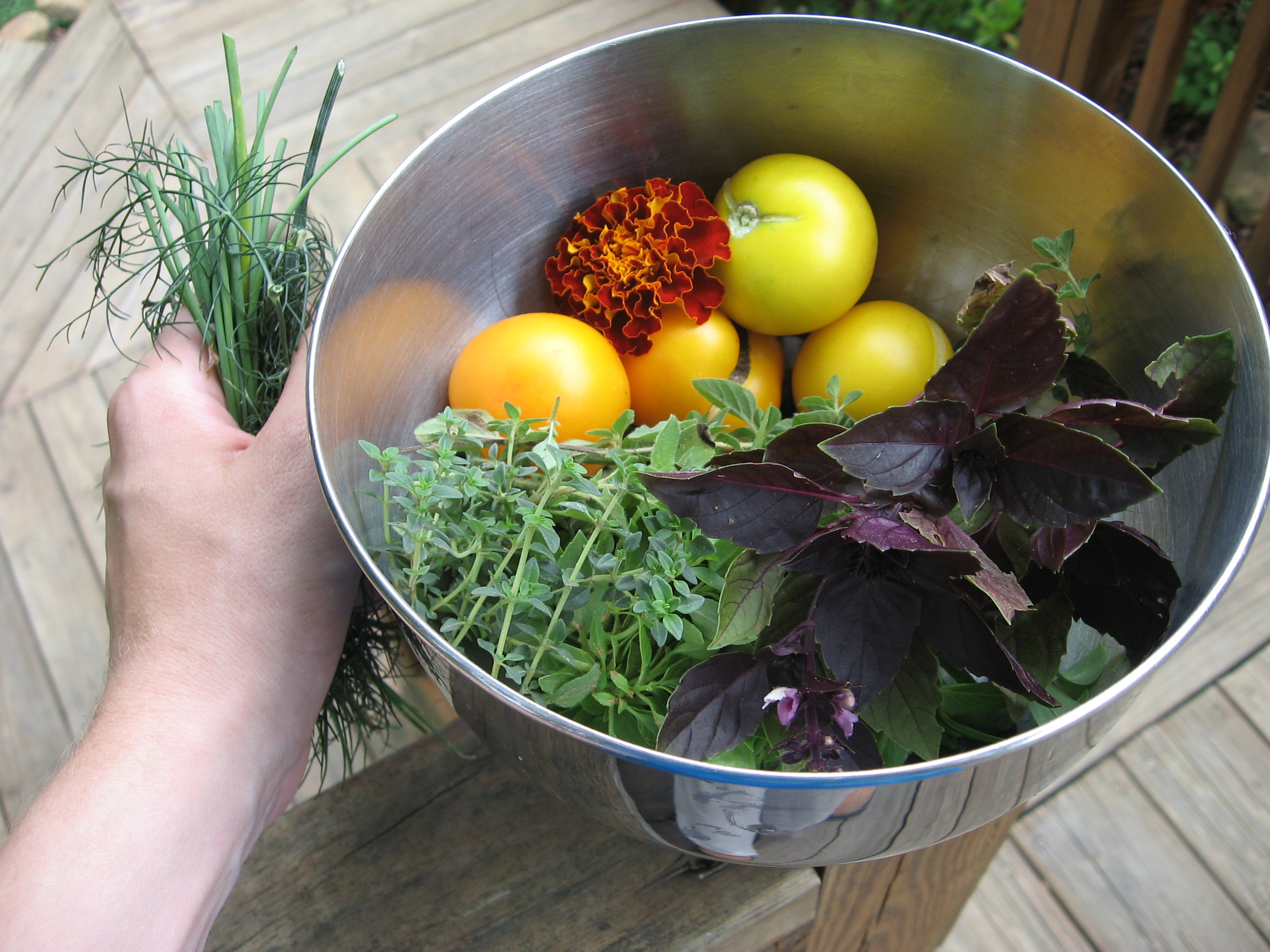Many gardeners, myself included, were inspired to try a hand at vegetable gardening for a combination of culinary and environmental reasons. Nothing can quite compare to the savory-sweet flavor of a sun-ripened tomato; plus, Michael Pollan, and countless other garden writers, assured us we were doing our best for the planet by growing our own. Like other environmentally-conscious gardeners, I researched the best organic soil amendments, experimented with companion planting, and generally agonized over the most “green” way to garden. Over the years, my reading, experimentation, and experience, as both an “almost organic” vegetable farm manager and entomology researcher, have dramatically shifted my view of sustainability. In short, I’ve come to realize that growing produce is never truly sustainable. There’s always a trade-off between conserving one resource and expending another.

I’m not suggesting we should all throw up our hands in despair, or stop trying to garden in ways that are good for the surrounding ecosystem. Some things, such over-fertilizing, inefficiently watering, frequent tilling, and taking a “scorched-earth” approach to pesticide use, are clearly very bad for the environment. However, many things that are touted as “green” are not always what they appear. By understanding the complexity of the system we are working with, we can garden in ways that are more satisfying and steer clear of unscrupulous marketing-claims.
To conserve land, to conserve water, or to conserve energy? That is the question.
When talking about conserving resources in the garden, it’s important to realize that there are biological limits to what you can grow on a piece of land without any additional inputs. Even the most fertile piece of topsoil will be depleted of nitrogen and other plant nutrients after a few seasons of vegetable growing, and the veggies won’t grow, in any season, without a regular supply of water.
Very few of us are blessed to garden on a floodplain that is annually inundated with fresh, fertile topsoil, so if we want our garden to last more than a season, we need to insure the soil is replenished with nutrients the plants need. To do this we can rely on the nitrogen-fixing bacteria that live in the roots of legumes, such as clover, and the natural weathering of the rocks for other nutrients. The cost of this approach is land use, since land being replenished by these natural processes can’t be used simultaneously for growing food. That mean less land for gardening, and less land for wildlife. We could also bring things produced on other land (food waste, compost, manure), and put them on our gardens to supply these nutrients. While this practice gives us more space in our gardens, it just shifts the land cost to somewhere else. This approach is only sustainable if it relies on locally sourced “organic” fertilizers, as the energy cost of shipping such bulky materials from distant sources becomes both energy and land intensive. Alternatively, we could supply our gardens with synthetic fertilizer, which has a very small land cost, but takes lots of energy to produce.
For those of us that don’t have perfectly-timed rainfall throughout the entire growing season (which is most of us), the same kind of trade-offs are involved with applying supplemental water. Traditional dry-land farming techniques rely on wide plant spacing to reduce competition between plants, which, of course, takes up more land. Mulching helps conserve water, but comes with a land cost as well: whatever land the ground-up plants you are using as mulch used to live on. Keep in mind the further away you source your mulch, the more energy it takes to get it to your garden. Irrigating your garden gives you more reliable results than relying on rainfall, but the equipment and pumping water add to the energy cost. In greenhouses can you to grow a ton of veggies in a small space and they are extremely water efficient, but both the construction and maintenance of a greenhouse are energy intensive.

So what is an environmentally-conscious gardener to do? Maybe we are asking the wrong question. Instead of asking “Is this gardening practice sustainable?” we should be asking “What resources do I most value conserving?” and “What resources are less limiting to me?” For example, if you live in an arid climate, you might want to use heavy mulches, rain water catchment, and wide plant spacing. If you are a city dweller with a postage-stamp yard, you might want to grow intensively in irrigated, raised beds or a small greenhouse. If you live on wide, rolling pastures, you may have the space to rotate produce with legumes or small-scale livestock production. You may even decide that you want to just grow a few of your favorite veggies in pots near the house, and turn the rest of your yard into a vibrant wildlife garden.
While there are no paths to completely sustainable vegetable gardening, there are many ways to garden that preserve what we value. And that’s ok.

